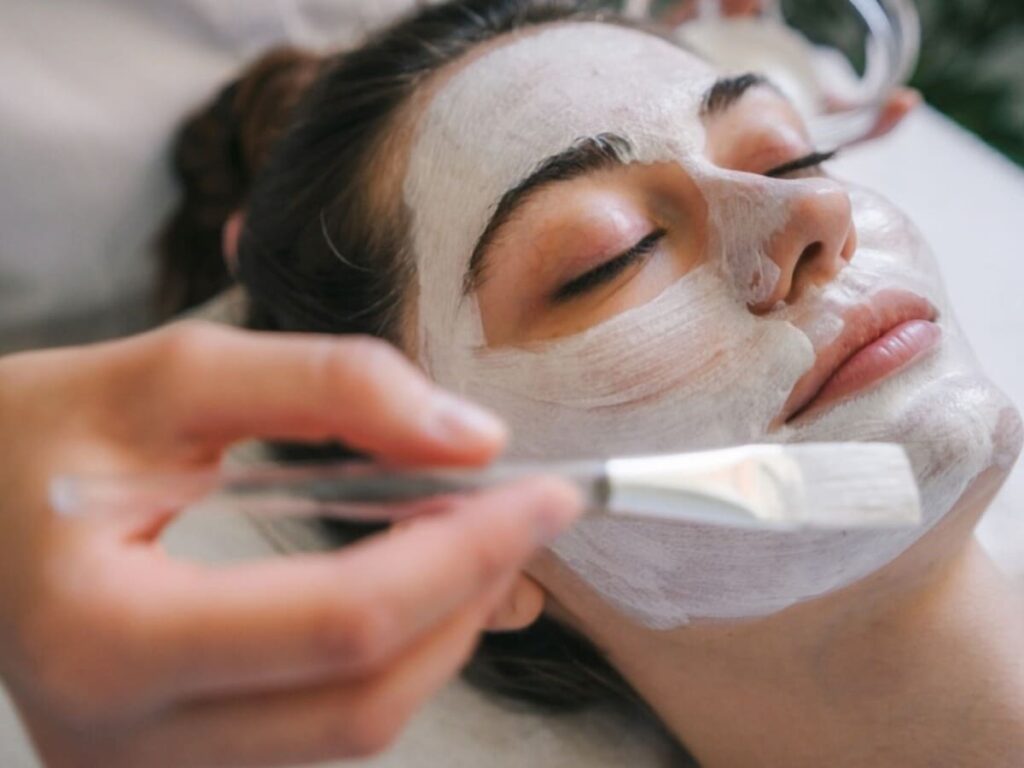Taking care of your skin is essential for maintaining its health and radiance. However, many people unknowingly make mistakes during their skincare routines that can lead to adverse effects, especially when using face masks or packs. This article outlines five common skincare mistakes to avoid when incorporating these products into your regimen, ensuring you achieve the desired results without harming your skin.
1. Skipping the Patch Test
One of the most crucial steps in any skincare routine, particularly when trying out new products like face masks, is performing a patch test. Skipping this step can lead to adverse reactions and skin irritation. Always apply a small amount of the product on a discreet area of your skin and wait for 24 hours to assess any allergic reactions.
How to Perform a Patch Test
- Choose a small area on your inner arm or behind your ear.
- Apply a small amount of the product.
- Wait for 24 hours to check for redness, itching, or irritation.
2. Overusing Face Masks
Many people make the mistake of using face masks too frequently, thinking that more is better. However, overuse can strip your skin of its natural oils, leading to dryness and irritation. It’s essential to let your skin breathe and recover between applications.
Recommended Frequency
| Skin Type | Recommended Frequency |
|---|---|
| Oily Skin | 2-3 times a week |
| Dry Skin | 1-2 times a week |
| Combination Skin | 1-2 times a week |
| Sensitive Skin | Once every two weeks |
3. Not Cleansing Before Application
Applying a face mask or pack on dirty skin is one of the biggest skincare blunders. Failing to cleanse your face before application can trap dirt, oil, and impurities, leading to ineffective results and potential breakouts. Always start with a clean slate!
Best Cleansing Practices
- Use a gentle cleanser suitable for your skin type.
- Consider double cleansing if you’ve worn makeup or sunscreen.
- Pat your face dry before applying the mask.
4. Leaving Masks on for Too Long
While it can be tempting to leave a mask on for an extended duration, doing so may compromise your skin’s integrity. Each product has a recommended time for optimal results, and exceeding this can lead to dryness or irritation.
Guidelines for Mask Duration
- Clay Masks: 10-15 minutes
- Cream Masks: 15-20 minutes
- Sheet Masks: Follow package instructions
- Peel-off Masks: Allow to dry completely, usually around 20-30 minutes
5. Ignoring Post-Mask Skincare
After rinsing off a face mask, many people neglect to follow up with a suitable skincare routine. This oversight can lead to missed opportunities for hydration and nourishment. It’s vital to apply a moisturizer or serum after using a mask to seal in the benefits and maintain skin health.
Post-Mask Skincare Routine
- Rinse off the mask with lukewarm water.
- Apply a hydrating toner to replenish moisture.
- Use a serum or treatment suitable for your skin concerns.
- Finish with a moisturizer to lock in hydration.
In conclusion, taking the proper precautions and following best practices while using face masks can significantly enhance your skincare routine. By avoiding these common mistakes—such as skipping the patch test, overusing masks, neglecting cleansing, exceeding application time, and ignoring post-mask care—you can achieve healthier, more radiant skin. Embrace these tips, and enjoy the benefits of a well-rounded skincare regimen that supports your skin’s unique needs.
